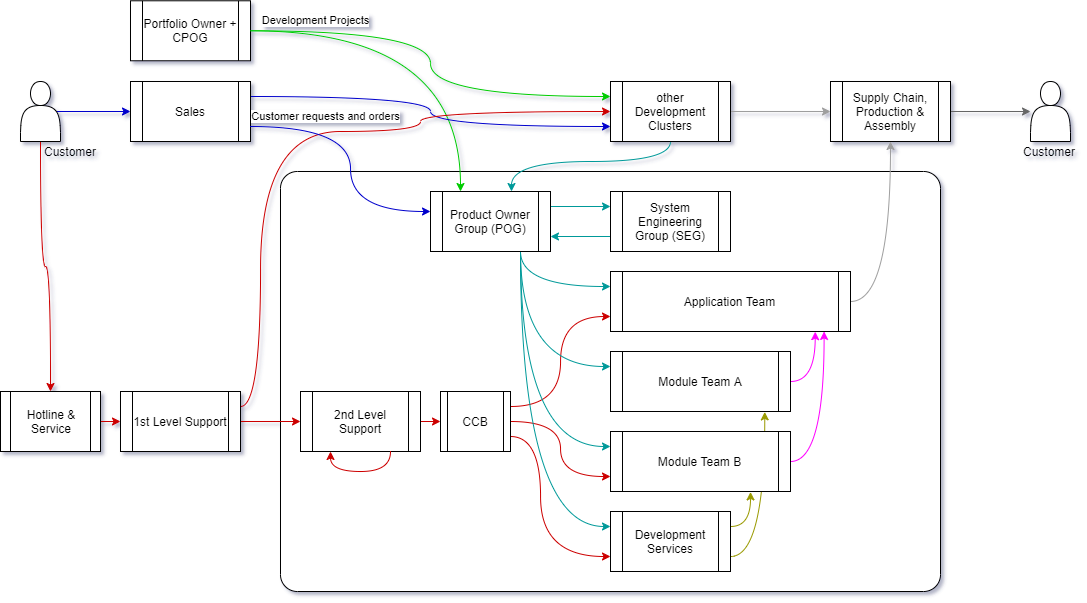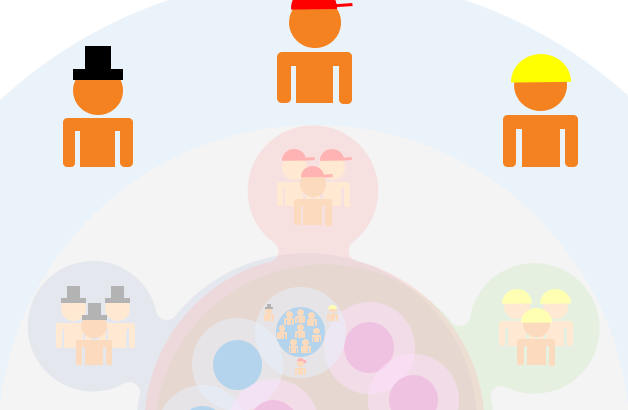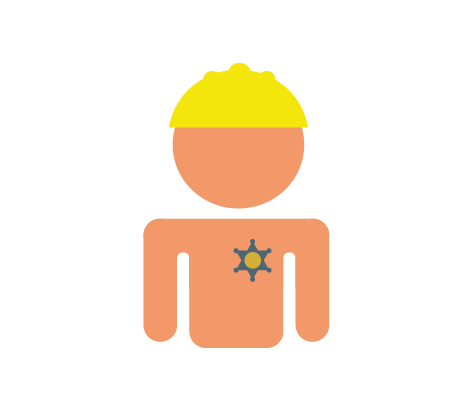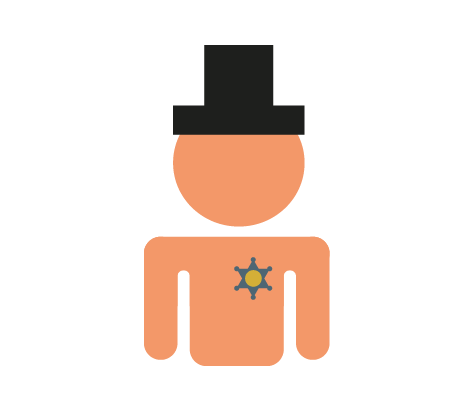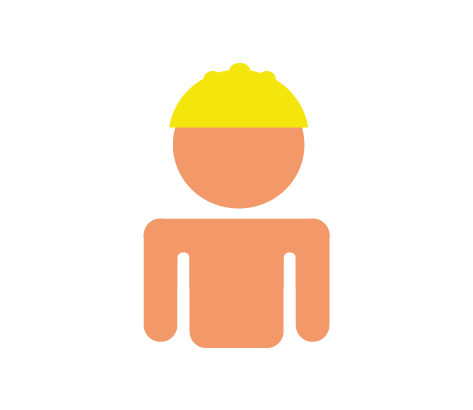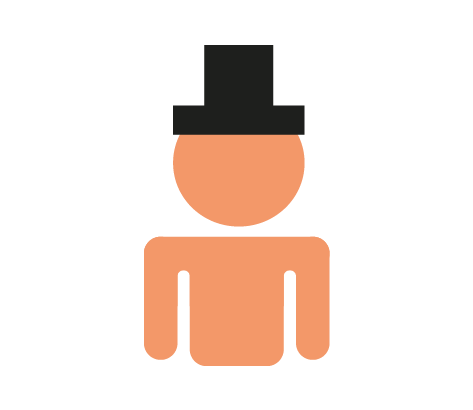Stakeholders are all persons and groups affected by a system, as well as all those directly interested or involved in the product. Stakeholders are invited to Review meetings at all levels and can optionally be invited to Backlog Refinement meetings to explain their requirements.
To identify stakeholders, the P4 framework uses two different life cycles as conceptual guidelines. These are:
- the product life Cycle (from the idea to the end of product maintenance) and
- the single item life Cycle (from purchase of raw material to recycling)
For each product or system, the different stakeholders (= interest groups) can be identified from these.
Product life cycle

Item life cycle

The P4 framework distinguishes between three groups of stakeholders, which are assigned to the three areas
- Market & Business: users, customers and sales
- Technology & Architecture: suppliers, supply chain & production
- Infrastructure & Processes: managers of other areas of the organisation
Other stakeholders
In addition to the “direct” stakeholders, other, “more general” stakeholders are usually defined in requirements management. These are, for example
- the society, consisting of public and government organizations
- the environment (mostly affected by emissions and waste)
- competitors
In the P4 framework, these stakeholders are not represented by Stakeholder Needs, but by specific goals (e.g. to describe the competitive situation) or they are represented by norms and standards in the area of Quality Attributes & Constraints (QA&C).
Stakeholder map
A Stakeholder map shows the various stakeholders with their needs and the strength of their influence on the team or system.
.
\r\n
Further suitable links:
- Definition on Wikipedia: Stakeholder
| Events | Roles | Groups | Artifacts |
| Team Backlog Refinement
. .
|
Team Product Owner
. . |
Team Product Owner Group
. |
Team Backlog
. Usable Knowledge & System Increment . |

